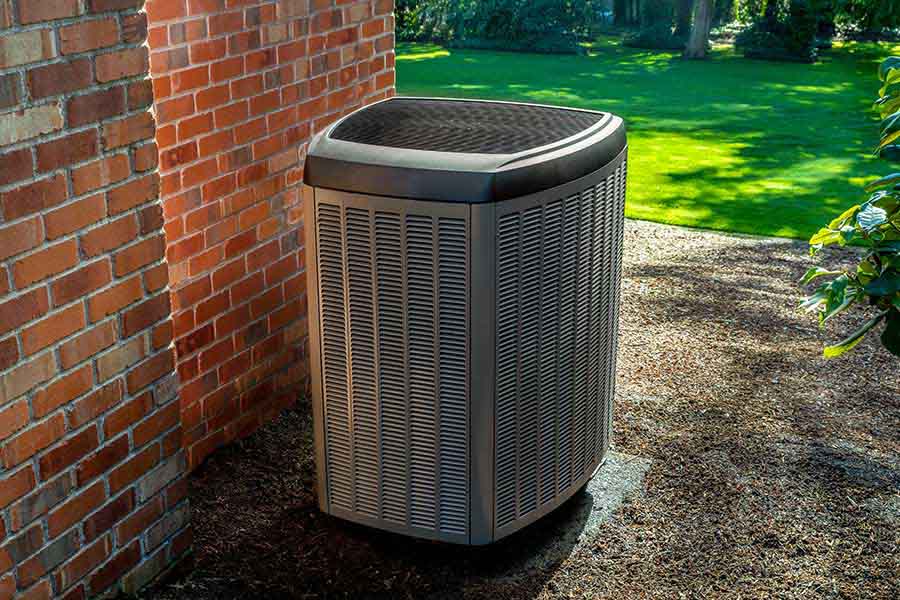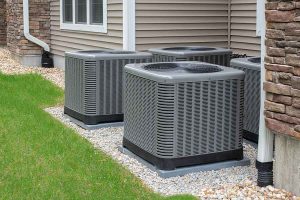When it comes to installing a heat pump in Castle Rock, CO, understanding the nuances can make all the difference. You’ll need to take into account your home’s size, insulation, and specific heating and cooling needs. With the right preparation, you can guarantee a smooth installation. But what are the key steps to take before the installation team arrives? Let’s explore how to set yourself up for success and maximize your investment.
Understanding Heat Pumps and Their Benefits
When you consider upgrading your home’s heating and cooling system, understanding heat pumps and their benefits can make all the difference.
Heat pumps are versatile systems that provide both heating and cooling, making them efficient year-round solutions. They work by transferring heat rather than generating it, which means lower energy bills and reduced environmental impact.
You’ll enjoy consistent comfort, as heat pumps maintain a steady temperature without the drastic fluctuations often seen with traditional systems.
Plus, they require less maintenance, which saves you time and money in the long run.
With their ability to dehumidify air in summer and provide warmth in winter, heat pumps enhance your indoor air quality. Additionally, expert heat pump installation ensures optimal performance and longevity of your system.
Choosing the Right Heat Pump for Your Home
Choosing the right heat pump for your home involves considering several factors to assure you get an efficient and effective system.
First, assess your home’s size and insulation. A properly sized heat pump guarantees peak performance; too small won’t heat or cool effectively, while too large can lead to energy waste.
Next, consider your climate. In Castle Rock, you’ll benefit from a heat pump that performs well in both heating and cooling. Look for models with high SEER and HSPF ratings, which indicate energy efficiency.
You should also think about your budget. There are upfront costs and long-term savings to weigh.
Finally, check local incentives or rebates for energy-efficient systems—these can ease your financial commitment. Additionally, consulting with certified technicians can provide valuable insights into selecting the right system for your specific needs.
Preparing for Heat Pump Installation
Before the installation of your new heat pump begins, it’s essential to prepare your home for the process. Start by clearing the area around the indoor and outdoor units. Move any furniture, plants, or debris that could obstruct access for the installation team.
Next, guarantee that all pathways to your home are accessible, making it easier for technicians to bring in equipment. You should also take a moment to communicate any specific concerns or preferences to the installation team, so they can tailor their approach to your needs.
Check your home’s electrical system to confirm it meets the heat pump’s requirements. If necessary, schedule any electrical upgrades before installation day.
Finally, inform your household about the installation schedule to minimize disruptions. With these steps, you’ll set the stage for a smooth and efficient heat pump installation. Additionally, consider scheduling regular maintenance services to ensure optimal performance of your heat pump after installation.
The Installation Process: What to Expect
As the installation day arrives, you’ll likely feel a mix of excitement and curiosity about what to expect. Your chosen professionals from Southwest Heating & Cooling will arrive on time, ready to get to work.
They’ll start by evaluating your current setup, making sure everything’s in place for a smooth installation. You can expect them to explain the process, so you’re informed every step of the way.
They’ll carefully remove your old system, if necessary, and prepare the area for your new heat pump. Installation will typically take a few hours, depending on the complexity of the job.
Once they’ve installed the new unit, they’ll conduct tests to verify it’s operating efficiently. Afterward, they’ll walk you through the heat pump’s features and answer any questions you might have. Additionally, they will emphasize the importance of annual professional service to ensure optimal performance.
Finally, you’ll enjoy peace of mind knowing you have a reliable system ready to provide comfort in your home.
Maintenance Tips for Optimal Heat Pump Performance
Although heat pumps are designed for efficiency and durability, regular maintenance is essential to confirm they perform at their best. Start by cleaning or replacing the air filters every one to three months. This simple task can considerably improve airflow and efficiency.
Next, inspect the outdoor unit for debris, leaves, or ice buildup; keeping it clear guarantees peak performance. Additionally, check the thermostat settings to verify they’re accurate, and consider scheduling a professional inspection at least once a year. A technician can identify potential issues before they become major problems.
Don’t forget to clean the coils and confirm the drain lines are clear to prevent moisture buildup. Lastly, pay attention to unusual noises or changes in performance, as these could indicate a need for immediate attention.
Conclusion
In Castle Rock, CO, installing an efficient heat pump is like planting a tree that grows comfort and savings all year round. By understanding your home’s needs, preparing for installation, and keeping up with maintenance, you’ll reap the rewards of a cozy, energy-efficient environment. Don’t hesitate to take this step toward a more comfortable home—your future self will thank you for creating a warm and welcoming space to thrive in.


